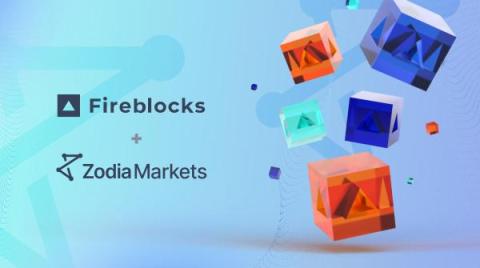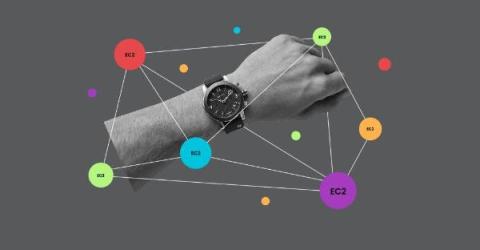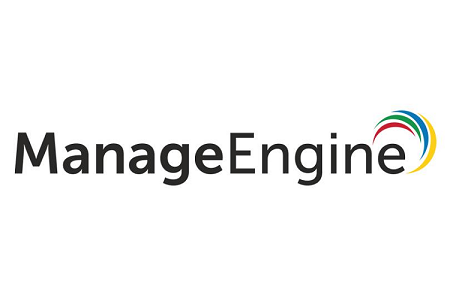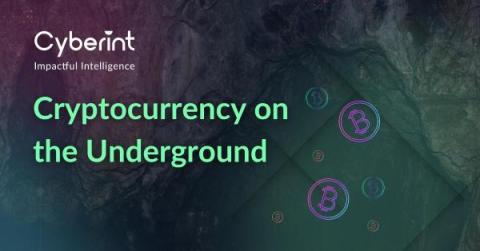Navigating the Complexities of Transaction Approval and Validation Flows
Designing a blockchain-based product requires extensive planning in order to deliver a compelling set of features with the best possible user experience. Every aspect of the product matters – from the user interface to the backend logic in the codebase. However, important security and compliance vectors tend to slip through the cracks. This blog post aims to offer a new perspective on enhancing your blockchain product’s design and architecture by incorporating some key elements.











